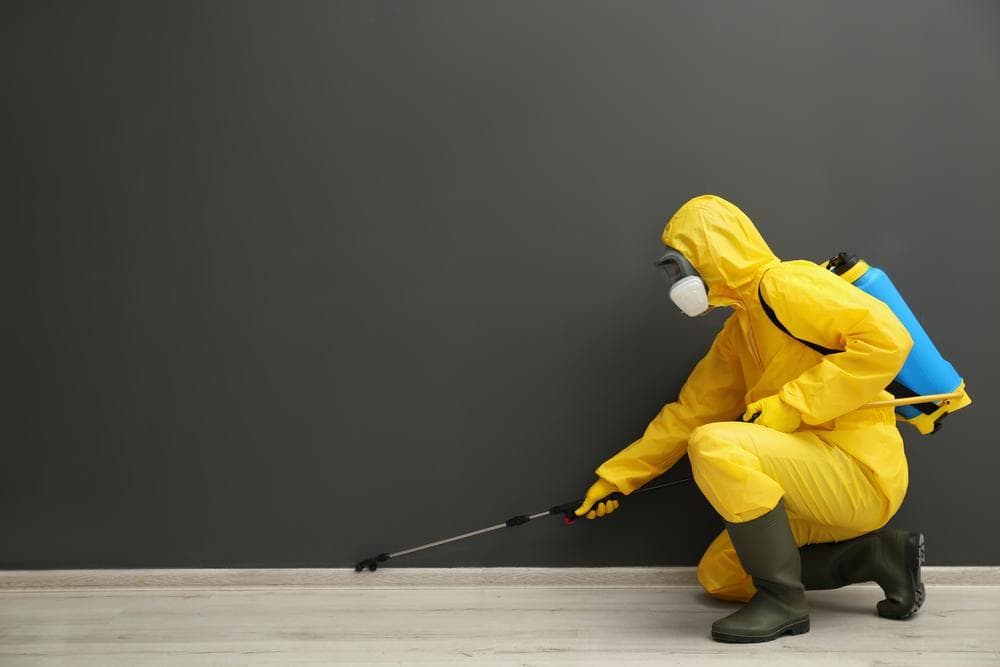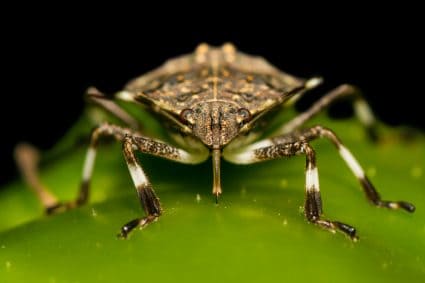
Leafhoppers are tiny insects that can pose a significant threat to your garden or farm. They feed on plant sap, leading to discoloration, curling, and overall plant damage. Moreover, they act as vectors for various plant diseases, causing even more harm. This in-depth guide aims to provide comprehensive strategies on how to repel leafhoppers effectively, ensuring your plants’ health and productivity.
To repel leafhoppers, use natural methods such as applying diatomaceous earth or insecticidal soap, introducing beneficial insects like ladybugs and lacewings, using row covers, and applying neem oil. For severe infestations, organic or chemical insecticides may be necessary. Prevention methods include maintaining a clean garden, using row covers, introducing beneficial insects, applying diatomaceous earth, and using insecticidal soap or neem oil spray. In case of severe infestation, a combination of these methods may be necessary.
Understanding Leafhoppers
Leafhoppers belong to the family Cicadellidae and are known for their plant-sucking capabilities. They feed on a wide variety of plants, including vegetables, fruits, and ornamentals, which can lead to severe damage and reduced yield. Leafhoppers are attracted to certain plants due to their chemical and physical properties, as well as the presence of volatile compounds.
They cause damage directly by feeding on plant sap and indirectly by transmitting plant diseases. When leafhoppers feed, they leave behind a distinctive stippling on the leaves, a key sign of infestation. Other signs include leaf discoloration, honeydew and sooty mold, cast skins, gray or whitish residue, and the presence of leafhoppers themselves.
Natural Methods to Repel Leafhoppers
Several natural methods can effectively repel leafhoppers. These include:
- Using Diatomaceous Earth: This natural powder can be applied to plants to deter leafhoppers. It works by causing dehydration in insects that come in contact with it.
- Applying Insecticidal Soap: Spot treating plants with insecticidal soap can eliminate leafhoppers. It works by damaging the outer layer of the insects, causing them to dehydrate and die.
- Introducing Beneficial Insects: Natural predators like ladybugs, lacewings, and minute pirate bugs can control leafhopper populations. These beneficial insects can be attracted to your garden by planting specific plants or can be purchased and released.
- Using Row Covers: Floating row covers act as a physical barrier, preventing leafhoppers from reaching the plants.
- Applying Neem Oil: Neem oil is a natural insecticide that disrupts the life cycle of leafhoppers, preventing them from feeding and reproducing.
Using Insecticides Safely
While natural methods are preferred, severe infestations may require the use of organic or chemical insecticides. These include neem oil, insecticidal soap, pyrethrin-based insecticides, diatomaceous earth, Beauveria bassiana, spinosad-based insecticides, and horticultural oil. When using these insecticides, always follow the product’s label instructions to minimize harm to beneficial insects and the environment.
Preventive Measures
Prevention is better than cure, and this holds true for leafhopper infestations as well. By maintaining a clean garden, using row covers, introducing beneficial insects, applying diatomaceous earth, and using insecticidal soap or neem oil spray, you can prevent leafhoppers from becoming a problem in your garden.
In Case of Severe Infestation
In the event of a severe infestation, a combination of cultural control, physical barriers, biological control, and insecticidal treatments may be necessary. Infested plants may need to be removed and safely disposed of to prevent the spread of leafhoppers and the diseases they transmit.
By understanding leafhoppers and implementing these strategies, you can effectively repel and control leafhoppers in your garden or farm, ensuring the health and productivity of your plants. As always, it’s important to regularly monitor your plants for signs of leafhopper infestation and take action as soon as you notice any symptoms.
Remember, a healthy garden is the best defense against pests. By maintaining healthy soil, watering properly, and practicing crop rotation, you can create a resilient garden environment that naturally deters leafhoppers. Stay vigilant, stay informed, and happy gardening!
Frequently Asked Questions
What are some plants that can attract beneficial insects for leafhopper control?
Certain plants can attract beneficial insects like ladybugs, lacewings, and minute pirate bugs. These include dill, fennel, cilantro, cosmos, and sweet alyssum. By planting these in your garden, you can naturally attract these predators and control leafhopper populations.
How often should I apply diatomaceous earth or insecticidal soap?
The frequency of application can depend on the severity of the infestation and weather conditions. In general, diatomaceous earth should be reapplied after every rain or heavy dew, as it loses its effectiveness when wet. Insecticidal soap should be applied once a week until the leafhopper population is under control.
Can I use chemical and natural insecticides together?
Yes, you can use chemical and natural insecticides together, but it’s recommended to always follow the instructions on the product labels. Overuse of chemical insecticides can harm beneficial insects and potentially lead to leafhopper resistance.
What kind of damage can leafhoppers cause to my plants?
Leafhoppers can cause significant damage to your plants. They feed on plant sap, causing stippling, discoloration, and curling of the leaves. They can also transmit plant diseases, which can further harm your plants, reducing their overall health and productivity.
How can I identify a leafhopper infestation?
Signs of a leafhopper infestation include distinctive stippling on the leaves, leaf discoloration, the presence of honeydew and sooty mold, cast skins, gray or whitish residue, and the presence of leafhoppers themselves. If you notice these signs, it’s likely that you have a leafhopper infestation.









